What Is Trypophobia – A Disgust More Than Fear
"I can't really face small, irregularly or asymmetrically placed holes, they make me like, throw up in my mouth, cry a little bi...
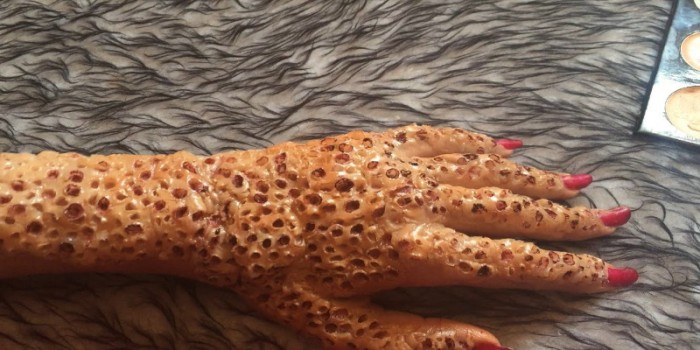
"I can't really face small, irregularly or asymmetrically placed holes, they make me like, throw up in my mouth, cry a little bit, and shake all over, deeply," said a sufferer.
According to a research conducted on this condition, 15% people become viscerally upset after looking at such images, even if they are common in nature such as honeycombs or soap bubble clusters. However, this phobia isn’t recognized in scientific literature. The psychological community does not recognize the condition as a true phobia in diagnosable sense.
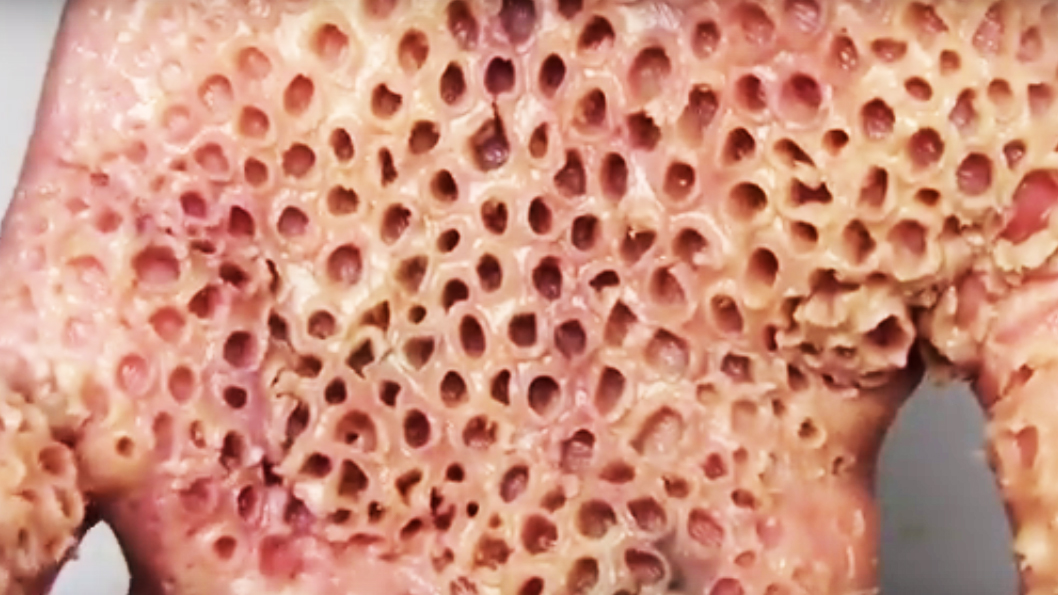
What is Trypophobia?
Trypophobia is referred as the fear of holes. This term was coined by internet users in 2005. It merged from the Greek words for hole and fear. The irregular patterns or clusters of small holes or bumps cause an irrational fear among some people. Sufferers even report to have adverse reaction after seeing images of holes or objects with holes.
Researcher Arnold Wilkins, University of Essex says that trypophobia is more of disgust than fear. Disgust arises from clusters of objects which may not necessarily be holes and this creates overgeneralization of reaction to possible contaminants.
The severity of condition ranges from case to case. Some might feel uncomfortable after seeing these holes while others shake all over in fear.
Symptoms of Trypophobia
Researchers say that trypophobic individuals associate holes with some kind of danger but the danger that one senses or imagines is yet to be established.
This fear covers not only holes in the form of images but also pores/clusters in skin, vegetables or fruits, holes in meat or even on sponges, wood and honeycombs.
Different individuals have different reactions towards holes’ images.
- Some feel their skin ‘crawling’
- Others may shudder
- A few feel itchy
- Some feel physically sickened or disgusted after seeing tiny hole clusters
- For some, mere verbal mention of “fear of small holes” triggers trembling and shuddering
- Phobics have also reported thoughts of falling in these holes and triggering major panic attack
- There is also an increase in heart rate and it becomes more variable
Causes of Trypophobia
From the researchers
- Trypophobia spikes up the activity of that part of brain which processes vision. While this research is still in infancy, experts believe that human DNA feels repelled by repeated patterns.
- Researchers Arnold Wilkins and Geoff Cole gave theories on the basis of their study in 2013.
- They argued that the brain naturally associates these shapes with diseases and wounds, thus it is instinctual to associate them with danger.
- Professor Matthews also pushed another theory. He claims that such images make people feel afraid of their priming and conditioning.
- Holes seem disgusting and gross and people feel that something might be living inside them.
Also Read: What You Have Missed About Phobophobia
What do the online forums think?
Some individuals from online forums, who believe that this condition is a phobia, have tried to establish causes behind this condition. People are often unaware that they have a latent form of trypophobia unless they see images of holes. The probable causes behind this fear may be-
- Holes are generally associated with organic objects like rashes or skin blisters that are known to follow chicken pox or measles.
- Deep rooted emotional problem
- Some people may be triggered by traumatic memories of their childhood after seeing these images or objects. One such memory may be a bee sting that caused swelling which led to displaying every pore in the swollen skin.
- Evolution may also be a major cause behind this fear or disgust
This disgust can be associated with “pockmarked objects” that do not seem quite right or completely normal. Some portion of the brain perceives them with danger.
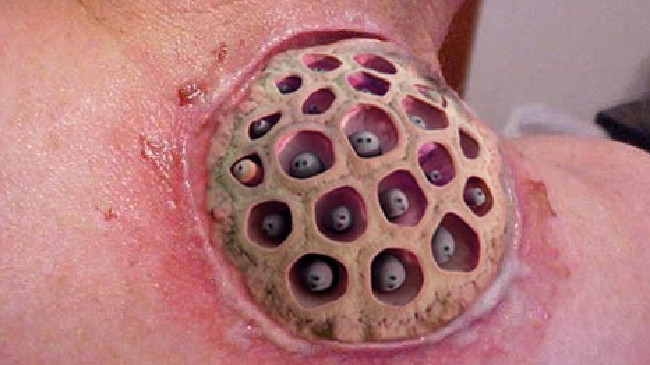
Studying Trypophobia from the Researcher’s Desk
Wilkins and Cole published their first study on trypophobia in 2013. They believed that these formations have started inducing fear in humans and when found in nature, they seem dangerous. Thus the condition shall be rooted in biology.
How was the study conducted?
Researchers analyzed images found on trypophobia websites and compared them with other images of holes that do not provoke this disgust. They collected 10 images of most poisonous species to analyze. These species included box jellyfish, deathstalker scorpion, king cobra snake, Brazilian wandering spider, inland Taipan snake, the stonefish and a few more.
They analyzed these patterns and found that poisonous species have patterns resembling those patterns that revolt tryophobes. Humans have ancient selection pressures to avoid these patterns found on some poisonous animals and plants.
The disgust may be an evolutionary part of the brain that we may not know consciously and it sends people away from holey looking images as far as possible.
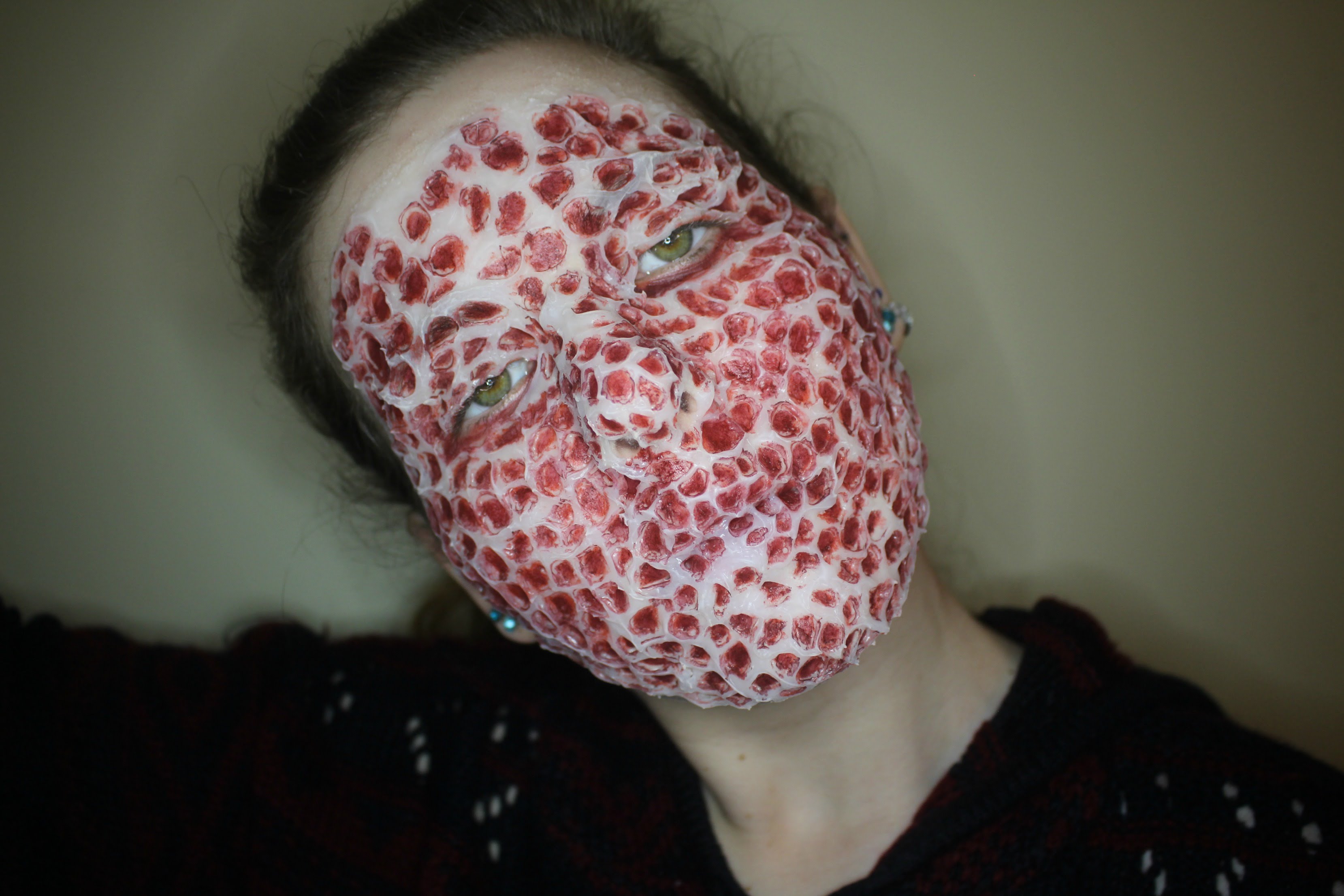
People who do not have trypophobia also feel less comfortable while looking at these images.
What causes the unpleasant reaction?
Trypophobia images possess certain characteristics that differentiate them from other images in nature. These include-
- High contrast with low contrast details (lots of brightness difference between big features and not much between small features)
- Lack of natural features makes the vision uncomfortable
Researchers reduced the contrast in the image details. Here is the sample of filtered and unfiltered trypophobic image:
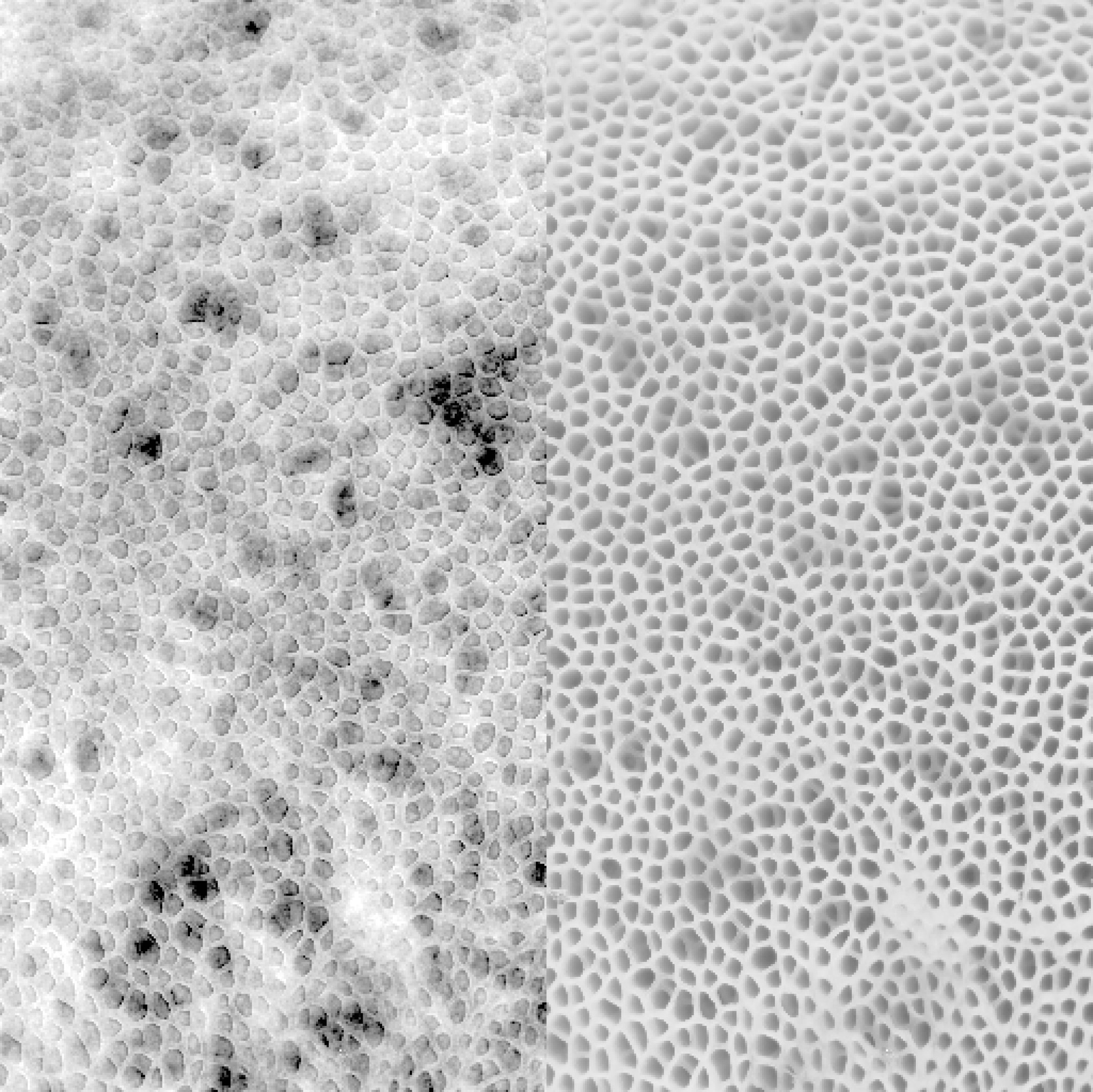
Filtered image on the left and trypophobic on the right (image)
Experts say that these visual features may be partially responsible for inciting disgust, though this is not the only reason for these images looking creepy.
Mysteriously, there are also other images that carry the same features but do not cause a trypophobic response such as the stripes on escalator stairs. They have unnatural spatial characteristics and are unpleasant to look at but do not cause a trypophobic reaction.
Also, trypophobes aren’t just disgusted by cluster of holes but also cluster of bumps.
Treating Trypophobia
Trypophobia is yet an unexplored science but facing your fear is the best way to overcome it. The methods that are used for treating other kinds of anxiety and phobia can also be used for treating trypophobia.
Cognitive Behavior Therapy
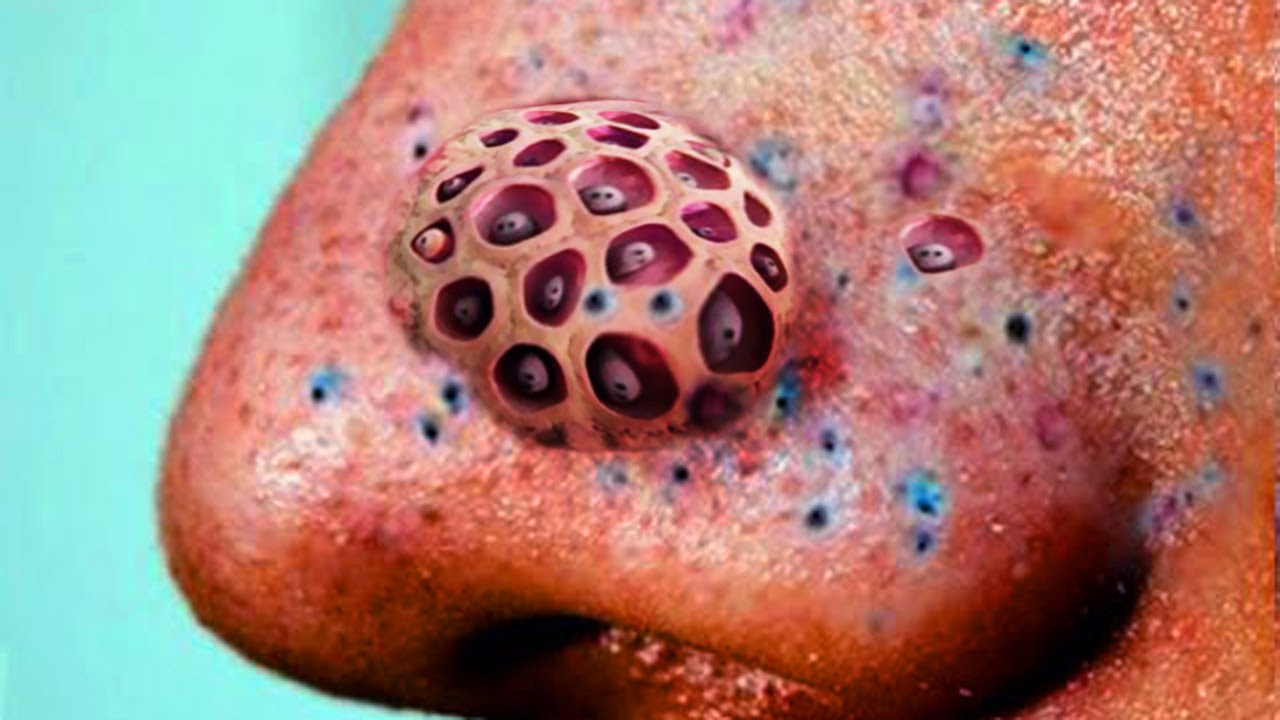
Cognitive behavior therapy focuses on altering thinking. It converts harmful and unproductive thought patterns into controlled and positive ones. This helps the individual to distinguish between reality and imagination.
If an emotional problem is the cause behind this fear, then behavior therapy, counseling and hypnosis may turn out to be effective in treating trypophobia.
Neuro Linguistic programming therapy
Neuro Linguistic programming therapy is another treatment that can be given for trypophobia. This includes exposing the phobiac to his fear and altering or reprogramming them to diminish the phobia.
Popular Posts
16 Interesting Facts About Ambidextrous People
A lefty or left-handed uses his left hand more naturally and dominantly than the right hand. And the righty or right-handed is o...
Ethan Stephans
20 Interesting Facts About Meteoroid, Meteor and Meteorite
Watching celestial objects is a true delight. It is still fun to catch a sight of shooting stars when we grow up. A second of th...
Swati Bhandari
The Hidden Science and Facts Behind Thalassophobia
Do your feet turn cold when someone asks you to take a casual swim in the ocean? Do you feel afraid of the eternal abyss, empti...
Rishika Gupta








